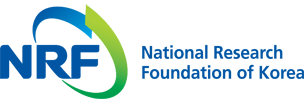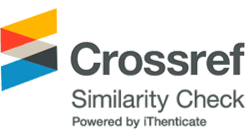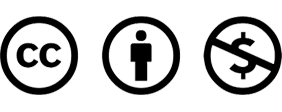Research Article
Abstract
References
Information
- Publisher :The Plant Resources Society of Korea
- Publisher(Ko) :한국자원식물학회
- Journal Title :Korean Journal of Plant Resources
- Journal Title(Ko) :한국자원식물학회지
- Volume : 34
- No :4
- Pages :384-394
- Received Date : 2021-06-01
- Revised Date : 2021-06-27
- Accepted Date : 2021-06-28
- DOI :https://doi.org/10.7732/kjpr.2021.34.4.384




 Korean Journal of Plant Resources
Korean Journal of Plant Resources







